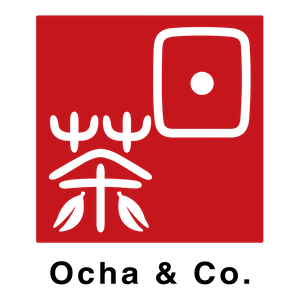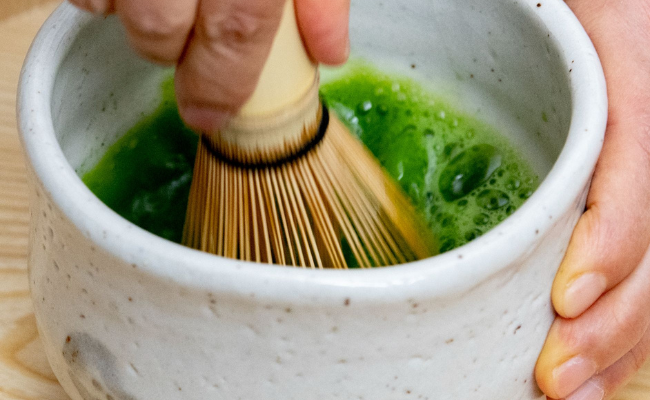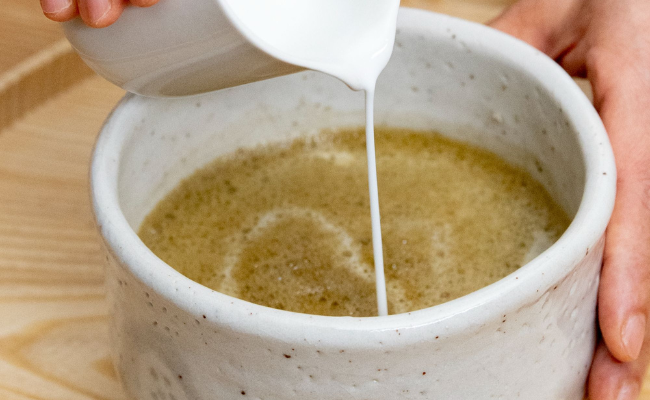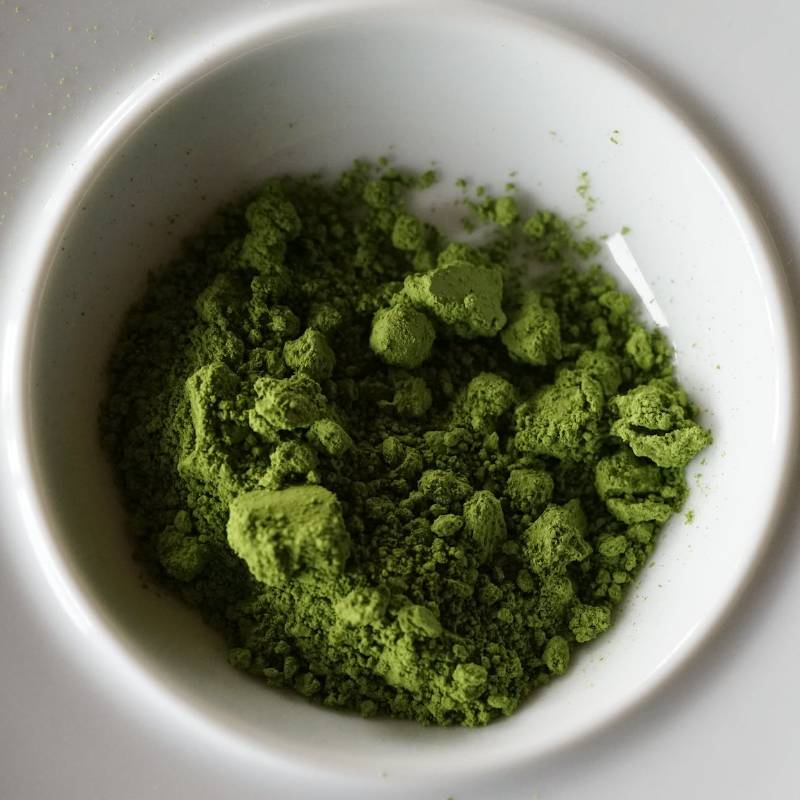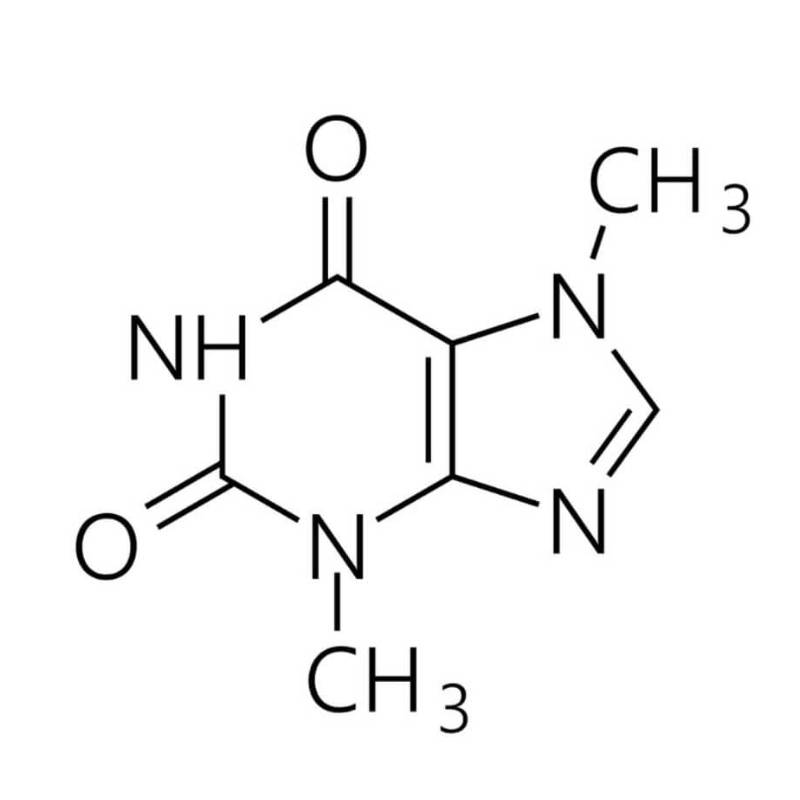Konacha the Japanese sushi bar tea
KONACHA THE GREEN TEA YOU ARE DRINKING AT SUSHI RESTAURANTS
Green tea goes hand-in-hand with sushi - you can hardly ever have one without the other. When visiting a sushi restaurant, a cup of piping hot green tea is always served. It has a strong taste, and if you swish the cup around, you’ll see bits of powder floating at the bottom of the cup. Don’t be fooled though, it might be in powder form, but it’s not matcha! This tea is called Konacha.
NOT MATCHA, BUT KONACHA
Matcha is the powdered tea taking the world by storm, but konacha in Japanese literally means powdered tea. The fact that they are both powders is the only similarity though. Konacha is in fact quite different from matcha.
For starters, konacha and matcha are grown in different conditions, matcha is always grown in the shade, while konacha can be grown under the sun. Further, matcha is considered higher-grade or premium tea and is used in Japanese tea ceremonies. On the other hand, konacha is a cheaper tea.
The reason why konacha is cheaper is that it’s actually made from the leftovers from the processing of other teas, such as gyokuro or sencha. Large leaves are reserved for those teas, and the small leaves, buds, and dust that are unsuitable are used to make konacha.
Konacha in its powder form looks more like tiny bits of tea leaves, and not like finely-milled matcha powder. They might also be a lighter green color.

GREEN TEA AT SUSHI RESTAURANTS - ‘AGARI’
When you’re served a cup of konacha at the sushi restaurant, it is known as ‘agari’.
Interestingly, the history of how the word came to stem from the old entertainment industries of the Edo period, namely the geishas. The act of making tea for customers was known as ‘Agaribana’, which was eventually shortened to ‘agari’ when sushi restaurants began using it.
WHY IS KONACHA GREEN TEA SERVED WITH SUSHI?
There’s no doubt that sushi makes a healthy dinner, but depending on the fish, you may end up getting a rich, oily taste in your mouth afterward. Hot green tea happens to be great at washing all that fat down, cleansing the palate, and helping your mouth feel refreshed afterward.
A secondary reason is that konacha, while being a cheaper alternative, still retains great flavor. Remember that konacha is made from the leftovers of sencha or gyokuro processing, both of which are high-grade teas, so it is by no means inferior.
When making tea like sencha or matcha, you’ll have to go through a short brewing process. The leaves need to be steeped for a while, or powder sifted. This can be quite inefficient for a restaurant where all customers have to be served green tea! To make konacha, just scoop some tea leaves into a cup and pour in some hot water, and it’s done!
While having green tea with sushi is such a common practice that we hardly think much of it, it’s interesting to know that there are in fact several really good reasons why! Plus, not only is konacha great for when you’re eating sushi, it’s a really easy tea to brew and enjoy too.
- Green tea cleanses the palate
- Cheaper price, the same great taste
- No brewing required

